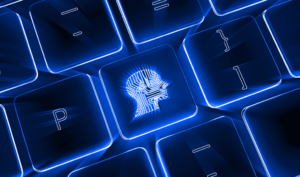
Employers: Want Teams to Adopt AI? Focus on Mindset
These days, artificial intelligence is everywhere we turn. But it’s no longer just a cool buzzword. It’s real. For proof, look at recent posts on

These days, artificial intelligence is everywhere we turn. But it’s no longer just a cool buzzword. It’s real. For proof, look at recent posts on

Among the many trends that are rapidly redefining work, perhaps the most consequential for HR is the arrival of artificial intelligence (AI). But this points

No question about it. Strong internal communication is critical to a strong business. But it’s not easy — especially when workplace dynamics are constantly fluctuating.

For most of the last three years, millions of people clocked in at work from the comfort of home. Now, eager to return to a

Predicting the unexpected is a tricky process — especially in the world of digital innovation, where change and disruption are a way of life. But